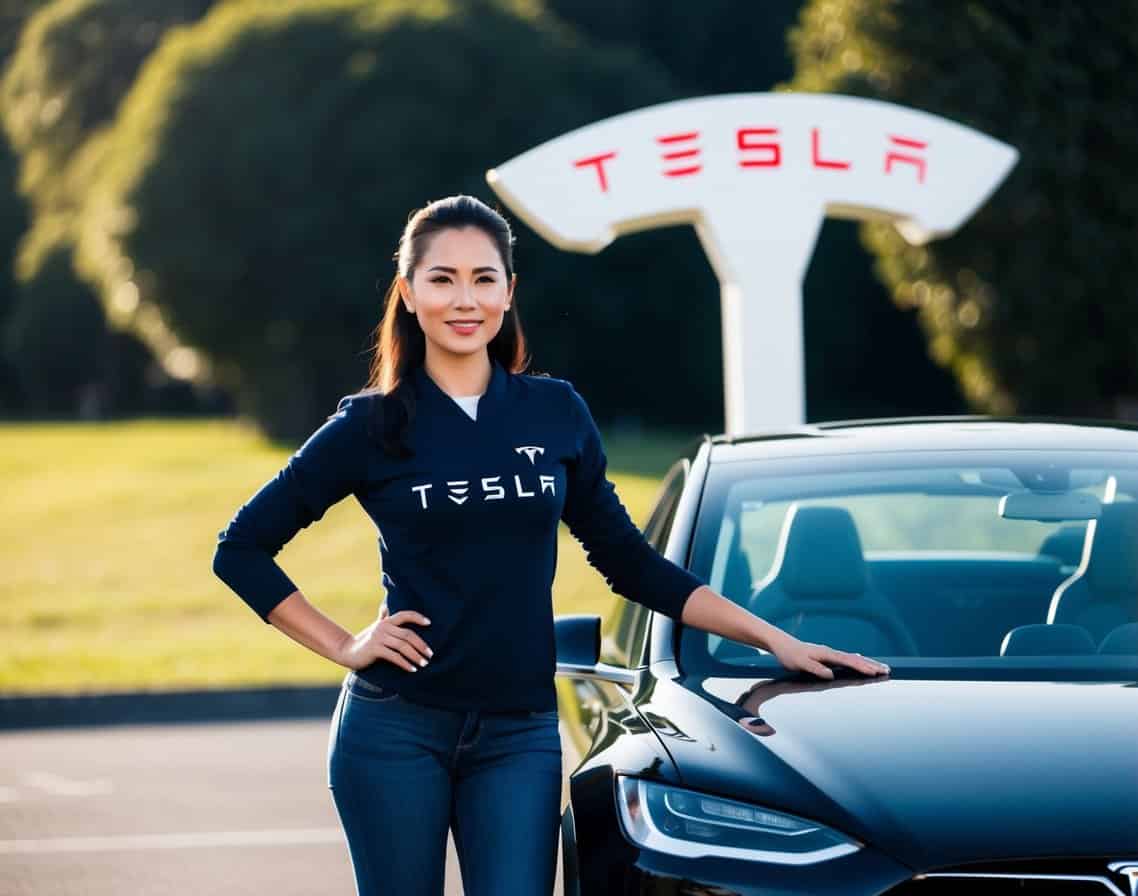Electric vehicles (EVs) have become increasingly popular as people look for more sustainable and cost-effective alternatives to traditional gasoline-powered cars. One common question that arises among new EV owners is whether it is cheaper to charge their car using a 110-volt outlet or a 220-volt outlet. In this post, let us understand the economics of charging an electric car, comparing the costs and benefits of using 110-volt (Level 1) and 220-volt (Level 2) charging systems.
Understanding the Basics
Before diving into the cost analysis, it’s essential to understand the differences between 110-volt and 220-volt charging systems.
Level 1 Charging (110-Volt)
- Voltage: 110-120 volts
- Current: Typically 15-20 amps
- Charging Speed: Adds about 3-5 miles of range per hour
- Installation: Uses a standard household outlet
Level 2 Charging (220-Volt)
- Voltage: 220-240 volts
- Current: Typically 30-50 amps
- Charging Speed: Adds about 20-30 miles of range per hour
- Installation: Requires a dedicated charging station and professional installation
Cost Analysis
Initial Setup Costs
Level 1 Charging:
- Equipment Cost: Generally, no additional cost as most EVs come with a Level 1 charger.
- Installation: No installation cost if you have accessible 110-volt outlets.
Level 2 Charging:
- Equipment Cost: $300-$1,000 for the charging station.
- Installation: $200-$1,200 depending on electrical work required.
| Cost Component | Level 1 (110-Volt) | Level 2 (220-Volt) |
|---|---|---|
| Equipment | $0 | $300-$1,000 |
| Installation | $0 | $200-$1,200 |
| Total Initial Cost | $0 | $500-$2,200 |
Operational Costs
The operational cost primarily involves the electricity cost, which depends on the energy rates and the efficiency of the charging system.
Level 1 Charging:
- Efficiency: Around 85-90% due to longer charging times and higher energy dissipation.
- Electricity Rate: $0.12 per kWh (average U.S. rate).
- Energy Consumption: For a 60 kWh battery, it would take about 66.7 kWh (considering 90% efficiency).
Level 2 Charging:
- Efficiency: Around 95-98% due to shorter charging times and lower energy dissipation.
- Electricity Rate: $0.12 per kWh (average U.S. rate).
- Energy Consumption: For a 60 kWh battery, it would take about 61.2 kWh (considering 98% efficiency).
| Parameter | Level 1 (110-Volt) | Level 2 (220-Volt) |
|---|---|---|
| Efficiency | 85-90% | 95-98% |
| Electricity Rate (per kWh) | $0.12 | $0.12 |
| Energy Consumption for 60 kWh Battery | 66.7 kWh | 61.2 kWh |
| Cost to Charge 60 kWh Battery | $8.00 | $7.34 |
Time Costs
Time is money, and the time it takes to charge an EV can also be a significant factor.
Level 1 Charging:
- Charging Time: Approximately 20-24 hours for a 60 kWh battery.
Level 2 Charging:
- Charging Time: Approximately 3-4 hours for a 60 kWh battery.
| Parameter | Level 1 (110-Volt) | Level 2 (220-Volt) |
|---|---|---|
| Charging Speed (miles/hour) | 3-5 | 20-30 |
| Charging Time for 60 kWh Battery | 20-24 hours | 3-4 hours |

Check out Can a Portable Generator Charge an Electric Car?
Long-term Considerations
Battery Health
Frequent use of Level 1 charging can lead to increased battery wear over time due to longer charging cycles. On the other hand, Level 2 charging is generally considered better for battery health as it provides a more stable and efficient charge.
Convenience
Level 2 charging is significantly faster, making it more convenient for daily use. This can be particularly beneficial for those who need to charge their vehicle quickly and frequently.
Potential Savings
While the initial setup cost for Level 2 charging is higher, the long-term savings in electricity costs and the added convenience can make it a more economical choice in the long run.
Conclusion
Several factors come into play when deciding whether it is cheaper to charge an electric car on 110 or 220 volts.
While Level 1 charging has no initial setup costs and uses existing household outlets, it is less efficient and slower, leading to higher operational costs and potential inconvenience.
Level 2 charging, although requiring a higher initial investment, offers better efficiency, faster charging times, and potential long-term savings.
| Factor | Level 1 (110-Volt) | Level 2 (220-Volt) |
|---|---|---|
| Initial Setup Cost | $0 | $500-$2,200 |
| Charging Efficiency | 85-90% | 95-98% |
| Cost to Charge 60 kWh Battery | $8.00 | $7.34 |
| Charging Time for 60 kWh Battery | 20-24 hours | 3-4 hours |
| Convenience | Low | High |
| Battery Health Impact | Higher wear | Lower wear |
While Level 1 charging may seem cheaper initially due to zero setup costs, Level 2 charging proves to be more cost-effective and convenient in the long run. The decision ultimately depends on your specific needs, budget, and how often you need to charge your electric vehicle.
You may also like the following tutorials:
- Why Can’t an Electric Car Charge Itself While Driving?
- Do All Electric Cars Use the Same Charger?
- Where Can I Charge My Electric Car for Free?
- What Happens If Your Electric Car Runs Out of Battery in the Middle of Nowhere?
- How Often Do You Have to Charge an Electric Car?
- Can You Charge an Electric Car at Home with Normal Plug?

Hi, I’m Marybeth, an electric car enthusiast living in New York in the USA. As the owner of electriccartalks.com, I love sharing my knowledge on EV tips, battery maintenance, and charging solutions. As a proud Tesla owner, I blend my personal experiences with professional insights to offer valuable information to fellow EV enthusiasts. Through my articles, I aim to empower others to make informed decisions about their electric vehicles. Read more